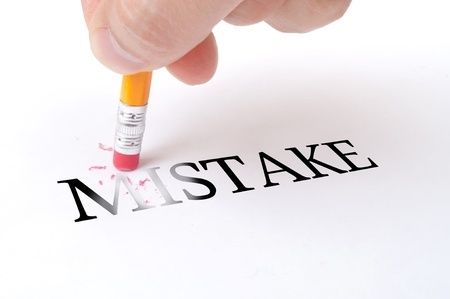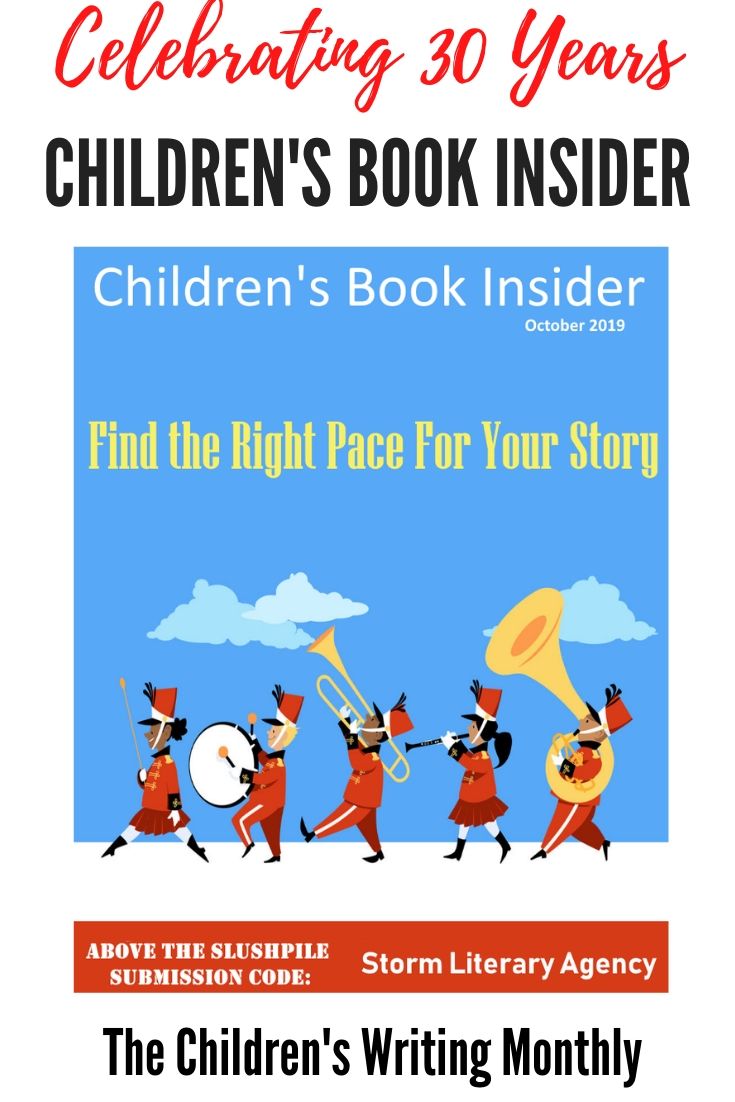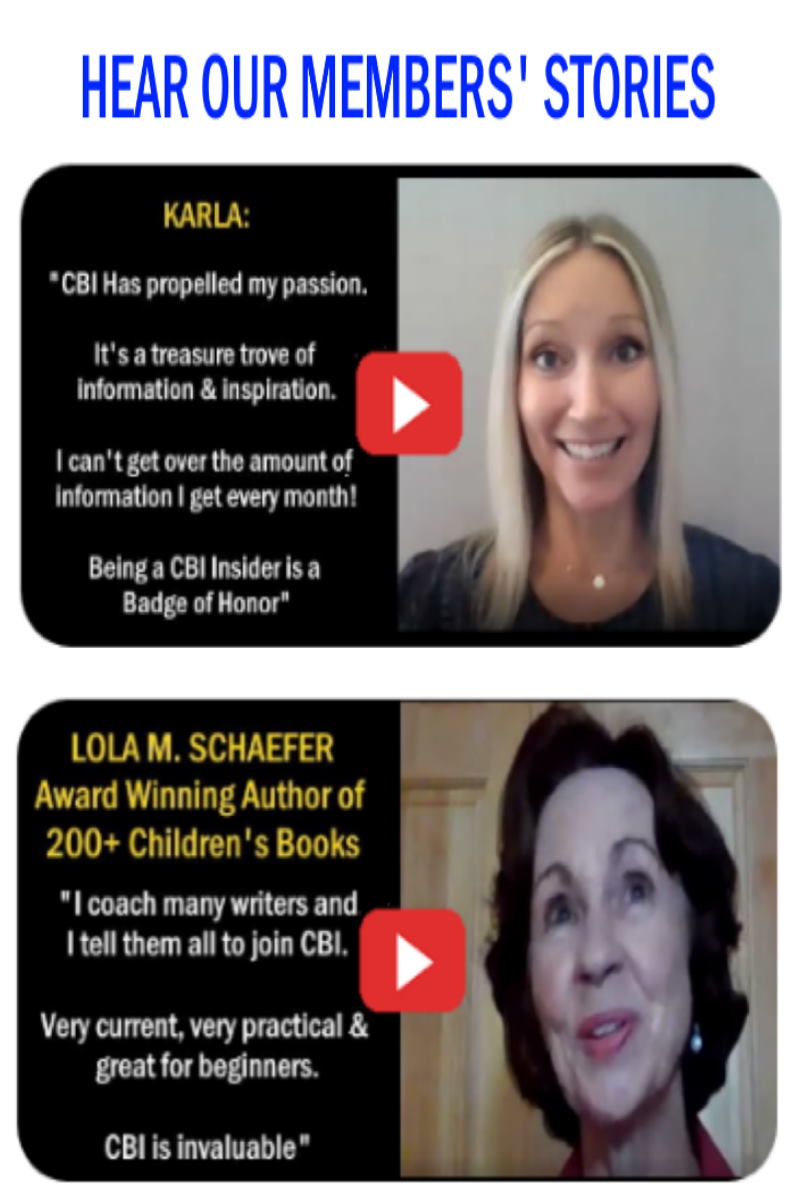
by Helen Landalf
Every writer I know has an inner critic. Even successful authors must put up with the nagging voice that pesters them as they work, feeding them negative messages about their writing. “You’re a terrible writer,” this pesky critter loves to say. “Your book is worthless and no one will ever want to read it. Why don’t you just quit while you’re ahead?”
Many writers have strategies for silencing this voice, or at least holding it at bay. Deb Lund, author of the popular “Dino” picture book series (Dinotrain, Dinosailers, and Dinosoaring), has named her inner critic “Midge.” She takes away Midge’s power by picturing her as a cartoonlike biddy who has nothing better to do than nag.
I quiet my inner critic, or at least attempt to, by letting her know that I’ll be putting her to work later. “This is a first draft,” I tell her (although not out loud, especially if I’m writing in a coffee shop). “I need you to go amuse yourself for awhile. When I’m ready to revise, I’ll invite you back to take a look at what I’ve done.”
It’s tempting to want to banish the inner critic altogether, but that would be a mistake. While none of us needs a voice in our head that persecutes and discourages us, we don’t want to simply ignore the weaknesses in our writing, either. Instead, we need to foster the niggling voice that lets us know that something’s not working and encourages us to fix it. I call this more reasonable voice the “wise editor.”
How do you tell the difference between your inner critic and your wise editor? Simple: The inner critic’s comments are vague and personal. They criticize you with the goal of convincing you to give up. The wise editor’s remarks, on the other hand, are specific and focused on your manuscript. They give suggestions with the goal of improving your work.
Pop quiz: You’re halfway though a story or novel, and a voice in your head says, “This is really bad. What ever made you think this idea was going to work, anyway? You always have stupid ideas. Maybe you should just quit.”
Hopefully you recognize this as the voice of an inner critic. See how vague and personal its attacks are? Notice how desperately it wants you to give up?
Now let’s take a similar scenario but let the wise editor do the talking: “Something doesn’t feel quite right about this scene,” it might say. “I wonder how you could fix it. Maybe if you ratcheted up the tension a bit, or added some dialogue, it might work better. Let’s try that!”
See how different in tone this voice is? Yes, it’s letting you know that something’s not quite working in your story, but it still believes in you and your ability to improve your writing. This voice makes you excited to find a solution instead of discouraged to the point of quitting.
So the next time your inner critic starts nagging at you, encourage it to become a wise editor. If the critic tells you that what you’re writing is terrible, say “That’s awfully vague. Can you tell me more specifically what’s not working?” Let the critic know that you don’t want to hear general negative comments, but that you’re open to concrete suggestions for improvement. And if that pesky voice tells you to give up, just stick your fingers in your ears and hum The Star-Spangled Banner.
Just because the inner critic talks doesn’t mean you have to listen!
Try this:
Personalize your inner critic by giving him or her a name. Then draw a picture of your critic and post it in your workspace. Next time your critic has something to say, look him or her in the eye and talk back!
Write down some of the messages that your inner critic feeds you. Below each message, write a response that might encourage your critic to act as a wise editor.
Helen Landalf is the author of the young adult novel Flyaway; The Secret Night World of Cats, illustrated by Mark Rimland; Getting Used to Candy, illustrated by Mary McConnel; and several books for teachers on using movement in the classroom.






Helen, I’m honored that you took my method of quieting my critic Miss Midge by telling her she could come back later as a way to develop your own wise editor (who I call my inner creativity coach in my teaching). My conference presentations and creativity coaching workshops where I’ve shared the Miss Midge story of her transformation into an appreciated editor, along with my own story, has always had an amazing effect on people—and a humbling effect on me. Sometimes we just need validation that we’re on the right track (like the talk you and I had about school author visits), and hearing from someone who has been there in that place can make a huge difference. That’s why I’ve been on this mission to help others find more joy and meaning in their lives through accomplishing their creative dreams. Hopefully the Miss Midge manuscript will find a home one of these days, but for now, it’s good to see evidence of the effect it’s already had on others. Thanks for being part of my mission!